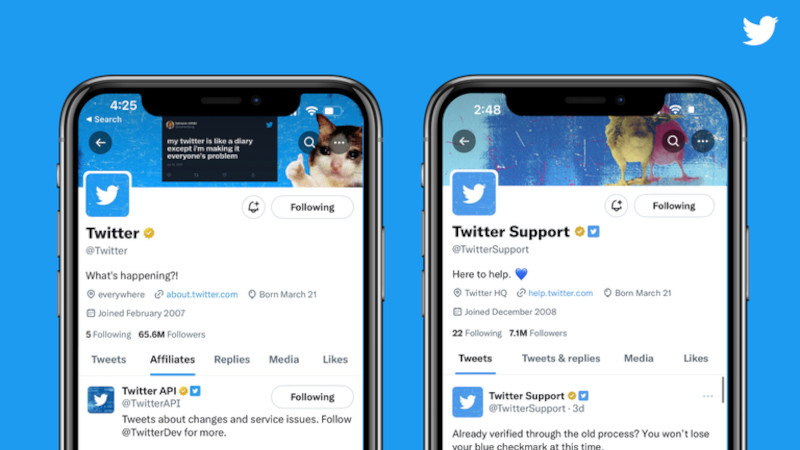Twitter actually plans on removing legacy verification checkmarks today
Say goodbye to that blue checkmark unless you're willing to pay
Twitter has said it will finally make good on its plans to remove legacy verification checkmarks from all users who aren’t paid-up members of its premium subscription service.
In a tweet, the company announced that all legacy checkmarks will be removed on April 20, nearly three weeks after it initially planned to remove checkmarks on April 1.
➡️ The Shortcut Skinny: Twitter verification
⛔ Twitter plans to remove legacy verification ticks today
📅 It initially said it would remove the checkmarks three weeks ago
💰 You’ll need to be a Twitter Blue subscriber to get a blue tick from now on
💸 It’s just one of the platform’s new monetization systems
It didn’t follow through with that plan, however, and the only major account to have lost its verification tick since the beginning of the month is the New York Times, after the publication said it would not pay the monthly verification fee.
Following the expulsion of legacy verification ticks, the only Twitter users who will have a blue checkmark next to their name are those that sign up for the revamped Twitter Blue.
It’s unclear whether legacy ticks will all be removed in one go or gradually removed from the platform. That’s assuming, of course, that Twitter actually follows through with this new plan and does indeed remove ticks.
CEO Elon Musk has framed the move as a push toward online equality, tweeting: “Widespread verification will democratize journalism & empower the voice of the people”.
Others have expressed concern that it will allow trolls to impersonate public figures, from politicians to celebrities to organizations, and spread misinformation or take advantage of vulnerable users. Musk already delayed the launch of Twitter Blue back in November amid fears that some Twitter users would buy verification simply to impersonate larger accounts.
Blue ticks are just one of the features granted to Twitter Blue subscribers. Since relaunching the subscription service, Twitter has enabled members to send very, very long tweets that exceed the usual character length, and a new subscription model allows them to lock content behind a paywall.
Regular Twitter users are still looking for alternative platforms to replace the blue bird, although early contenders like Mastodon haven’t enjoyed the success many had hoped for. The latest substitute to gain attention is the decentralized Twitter clone Bluesky.



